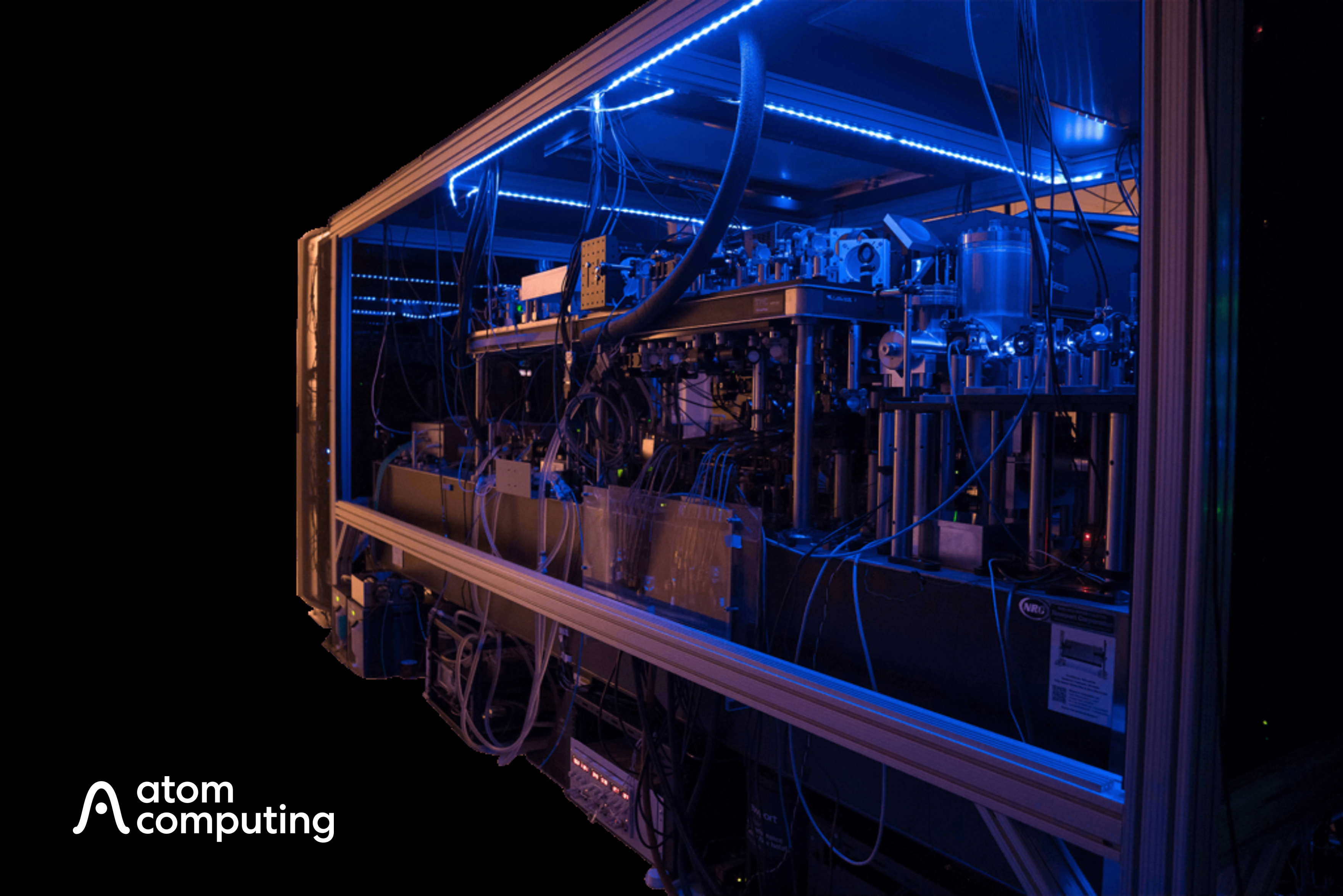Justin Ging, Chief Product Officer
If you are a developer working in the quantum computing space, you are familiar with or have run a circuit on a superconducting or trapped ion quantum computer.
These two technologies were the early pioneers of the quantum hardware landscape and small versions of each have been available commercially for years. A major challenge with these approaches is how to scale them to thousands or millions of qubits with error correction.
More recently, an alternative quantum computing technology with the potential to scale much quicker and easier has emerged - systems based on atomic arrays of neutral atoms. These systems have inherent advantages, which have led to multiple teams developing them.
But just as there is more than one way to cook an egg, there are different approaches to building quantum computers from atomic arrays.
At Atom Computing, we are pioneering an approach to deliver highly scalable gate-based quantum computing systems with large numbers of qubits, long coherence times, and high fidelities.
Here are some key advantages of our atomic array quantum computing technology:
- Long coherence times. Most quantum hardware companies measure coherence in units of milliseconds. We measure it in seconds. The Atom team recently set a record for the longest coherence time in a quantum computer with Phoenix, our first-generation 100-qubit system. Phoenix demonstrated qubit coherence times of 21 seconds. The longer qubits maintain their quantum state, the better. Developers can run deeper circuits for more complex calculations and there is more time to detect and correct errors during computation. How do we create such long-lived qubits? Weuse alkaline earth atoms for our qubits. These atoms do not have an electrical charge, thus they are “neutral.” Each atom is identical, which helps with quality control, and are highly immune to environmental noise.
- Flexible, gate-based architecture. Atom Computing is focused on developing a flexible and agile platform for quantum computing by supporting a universal quantum gate-set that can be programmed using standard industry quantum development platforms. This gate-based approach allows developers to create a wide range of quantum algorithms for many use cases. Our qubit connectivity uses Rydberg interactions where the atoms are excited to a highly energized level using laser pulses causing their electrons to orbit the nucleus at a greater distance than their ground state to interact with nearby atoms.
- Designed to scale. Neutral atoms can be tightly packed into a computational array of qubits, making the quantum processor core just fractions of a cubic millimeter. Lasers hold the atomic qubits in position in this tight array and manipulate their quantum states wirelessly with pulses of light to perform computations. This arrangement of individually trapped atoms, spaced only microns apart, allows for massive scalability, as it is possible to expand the qubit array size without substantially changing the overall footprint of the system. For example, at a 4-micron pitch between each atom and arranged in a 3D array, a million qubits could fit in less than 1/10th of a cubic millimeter volume.
Developers looking for gate-based quantum computers with large numbers of qubits with long coherence times, should be looking to partner with Atom Computing. We are working with private beta partners to facilitate their research on our platforms. Have questions about partnering? Contact us.
